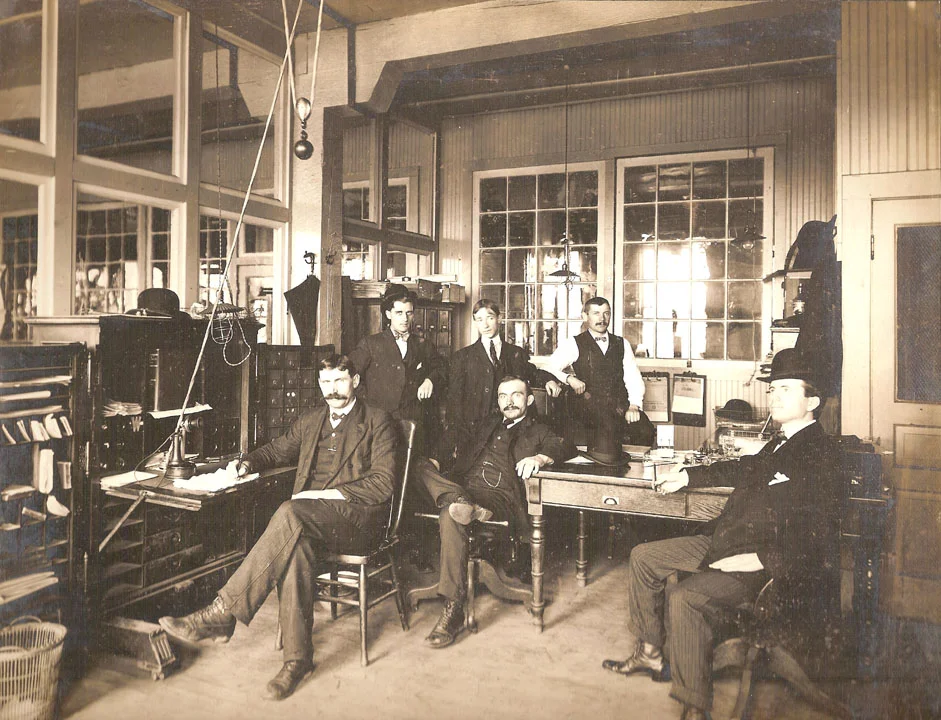Design of the new workplace is simple. Make a place for connecting, collaborating, recharging, branding, mentoring and training. Scale it to a percentage of total headcount calculated using an onsite occupancy algorithm (we have that). Model it on a Clubhouse & Library rather than a factory. Any talented architect or interior designer can rock that assignment in their sleep.
But the new workplace is a not a design problem; it's a management problem.
A hybrid or remote workforce cannot be managed by walking around. Trust, accountability, and inner motivation is critical in the absence of daily interaction.
Not to knock on all managers but it’s no secret that the best widget-maker is not always the best manager of widget-making. The transition can be tough. It seemed to work, though, thanks in large part to the dedication and skill of unpromoted widget makers.
After nearly two years of autonomy, surveys indicate that more than 40% of them would leave for another opportunity in a heartbeat; "I realized I just didn't want to be micromanaged and disrespected."
Micromanagement and disrespect may not be the norm everywhere, but for any post-pandemic workplace to function, we need to adopt management methods that work equally well for both onsite and remote work, and that reduce stress for managers and staff.
For many companies, task-ticket approach provides such a platform. Just ask your IT people. For decades, software developers have been using workflow systems like Atlassian JIRA, which may explain why IT departments have thrived with remote work and really don't want to go back.
However, in order to implement and maintain such a system, managers need to:
define and prioritize tasks unambiguously,
distribute opportunities and demands fairly,
evaluate based on outcomes not hours,
get comfortable with a flatter power dynamic.
That's a tall order, which can't be solved with new lounge furniture and more huddle rooms. The best architects will work consultatively to understand the total productivity infrastructure before addressing physical design options.
Space programming is the time to take a hard look at the bigger picture, with attention to how management policies, procedures, and platforms overlap with physical design.
We need to engage the full team to get this right. Bring in the managers, HR leads, IT experts, and organizational psychologists for that matter.
But don't listen to me, I'm only an architect.























